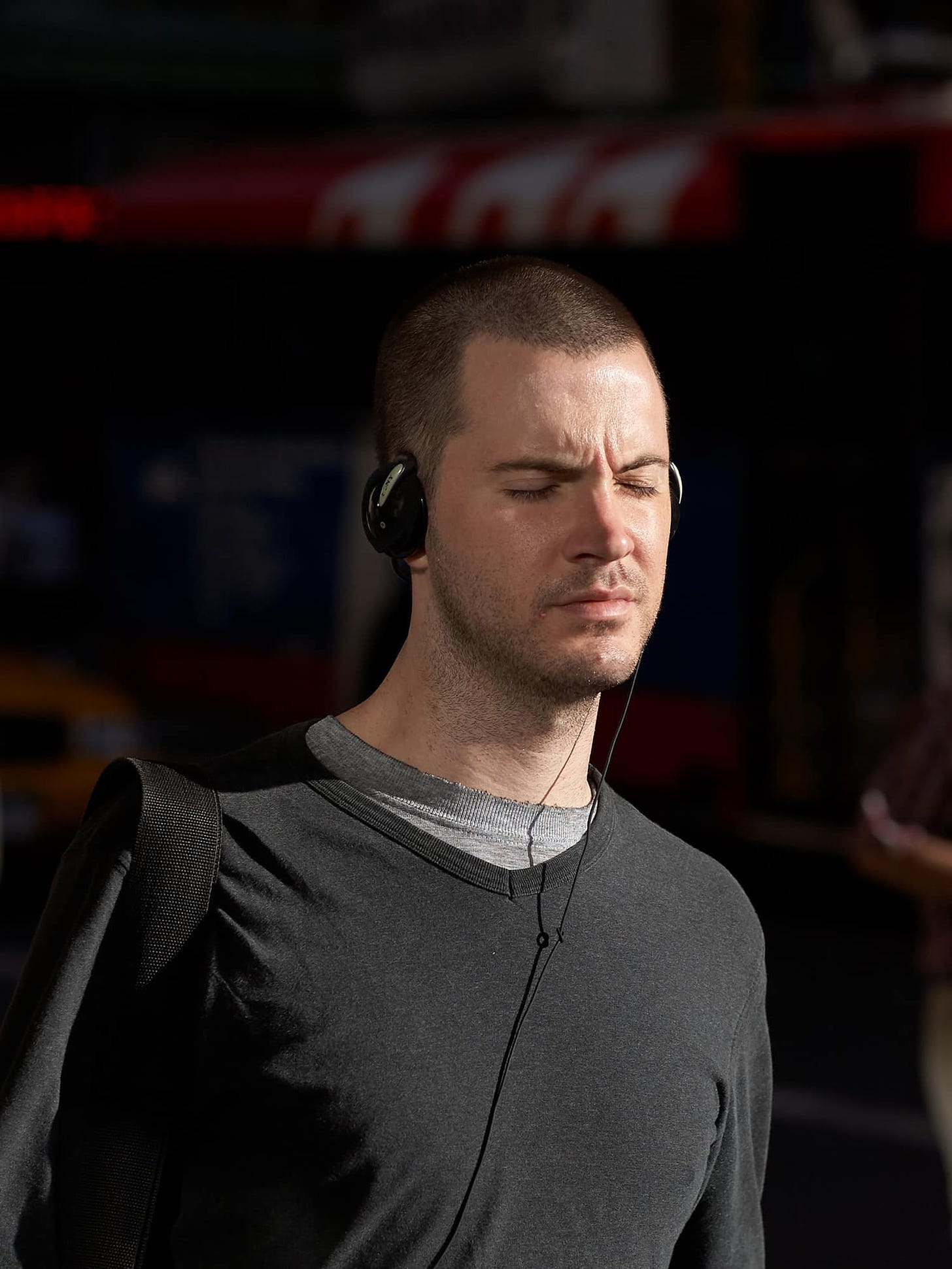Leadership in Chaos: 20th edition.
problem stories, founder mode, shadow and light.
Hi 👋, welcome back to our 20th edition 🙌.
“The innovator is more often than not met with some degree of condemnation; usually according to the degree of his departure from the prevailing modes of expression… Change is always so hard to accept.”
John Coltrane

Communication: problem stories.
Have you got a problem, with problems? A study by MIT Sloan of over 700 global executives, found that 60% identified poor problem formulation as one of the 2 biggest issues in problem-solving. (2nd was insufficient stakeholder engagement.) When faced with complex problems, they identified 3 recurring issues: 1. assuming everyone sees the same problem (personal bias), 2. targeting the wrong problem (too narrow, too broad), and 3. pushing a single perspective (solution bias). Good problem framing, therefore, is key and they believe you can become better at it, by telling better stories, using a framework, that includes; a hero (person or org), a treasure (the goal) and a dragon (the obstacle).
A thought for leaders: Beyond the analytical challenge, problems are a people challenge. Turning a problem into a story with a statement like: How may [the hero] get [the treasure], given [the dragon]?), engages people, gets them on board, and because it’s not predetermined, awakens creativity. Which is good for problem solving.

Leadership: founder mode.
A thought for leaders: Agree or disagree, we believe no two companies are the same, and there are no absolutes. But…….in a world where autonomy is now a critical part of employee well being, be careful about what micromanagement approaches might gain in the short term, but destroy (or fail to build) in the longer term.

Leadership: shadow and light.
This was a great piece from Rishad Tobaccowala on the 7 steps to transformation. In it, he quotes from “The Hollow Men” by TS Eliot, who writes “, Between the idea, and the reality. Between the motion, and the act. Falls the Shadow”. The shadow is always the gap between the plan and reality. And navigating through the shadow is when leaders lead. He breaks down a helpful 7-step program for leaders, which includes:
- Confronting reality: run towards the problem.
- Simple and frequent communication: use stories, be human, tell them why.
- Realistic empathy: it’s painful, be nice.
- Detailing of personal benefits: what’s in it for me.
- Aligned incentives: make sure that building tomorrow, not just today, is rewarded.
- Investment in upgrading the talent mental operating system: new OS for people.
- No sacred cows: what got us here won’t get us there.
A thought for leaders: In this era of change, lots of people are still cowering in shadows. Unsure. Uncertain. Between what is, and what will be. A sort of liminal prison. Great leaders shine a light and reveal a way forward for everyone. Then pass that light on, so others can do the same. Remember the importance of that light. And that leaders need to lead people to the future, often through the shadows.

Podcast: Ep 34: Finding Meaning in Chaos
This edition also includes a podcast from the Vaults Ep 22: Listening Beyond Bias. You can listen to it here.
It is related to our first theme, problem-solving. This is a helpful reminder that how we communicate, listen, and use storytelling are all skills which help us navigate problem-solving.
You can follow Flow Group on Linkedin here.
P.S. This month’s featured work is by internationally renowned photographer Paul Graham, who became famous for a series of portraits, Sightless, showing busy commuters mid-blink. It’s a moment many other artists would deem an accidental shot, one of many outtakes before finally achieving the perfect shot. By showing people who are not looking, Sightless tackles the theme of blindness on a personal level. This topic is personal for Graham, who lost his sight in a childhood accident.

